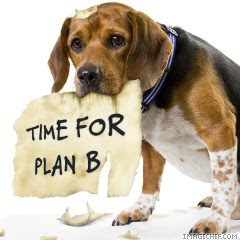Year 8, it's time that we say good-bye for the summer.
But before we go, let's vote for Miss Callie's foundation;-)
http://publicservicechallenge.com/vote.php?vid=e9ufxWcobKo
Have a wonderful summer full of fun and friends!
Year 8, it's time that we say good-bye for the summer.
But before we go, let's vote for Miss Callie's foundation;-)
http://publicservicechallenge.com/vote.php?vid=e9ufxWcobKo
Have a wonderful summer full of fun and friends!



 10. Write your name on the back and submit it for grading.
10. Write your name on the back and submit it for grading.
 Year 8, now we will fast forward to CREATE: Criterion D Maximum 6 points
Year 8, now we will fast forward to CREATE: Criterion D Maximum 6 points
 Year 8 - Term 3 has already started so let's get down to business;-)
Year 8 - Term 3 has already started so let's get down to business;-) 
 Welcome back Year 8. We have 3 things on our agenda today.
Welcome back Year 8. We have 3 things on our agenda today.

 2. Develop a Design Brief - This is where we conduct research which will help us solve our problem.
2. Develop a Design Brief - This is where we conduct research which will help us solve our problem. 


 EVALUATE - Criterion E Maximum 6 Let's look at the Assessment Rubric
EVALUATE - Criterion E Maximum 6 Let's look at the Assessment Rubric

 Year 8, Let's complete Criterion B - Design today. Please hand in your work at the end of the class.
Year 8, Let's complete Criterion B - Design today. Please hand in your work at the end of the class.

Remember to save your design in the format of the program and as a JPEG!
Proposals must be sent in the form of an attachment/s (original format and JPEG) to Ecoforum2009@gmail.com
Type an email and send to: ecoforum2009@gmail.com
Include: Your Name, tutor group, and school, and the attachments
Then, type a small email - for example:
Please enter this design in the SIGG Water bottle Competition.
Thank you,
Student name





1 sentence - State the problem that you are going to solve. *
1 sentence - Restate (say again in your own words) the problem (from Unit of Work)
1-2 sentences - Say what the problem means in your own words
1-2 Sentences – Say how you will solve the problem
1-2 sentences – Say how Approaches to Learning connects to your project
*Example: The problem I am going to solve in IT class this term is, “What role do images play in cyberspace?”
2. Create and research questions that will "drive your investigation" (that means that will give you enough information that will help you create your product;-)
Remember:
 |
| Make a Smilebox slideshow |
 Year 8 - let's finish up the narration on your digital stories.
Year 8 - let's finish up the narration on your digital stories. 
 FABLE
FABLE


Year 8 - Today I would like you to make sure that you have finished your Questionnaire.
Then I would like you to do a tutorial on creating a digital story with PhotoStory 3:
http://millie.furman.edu/mll/tutorials/photostory3/index.htm
Pay close attention and READ the entire tutorial.
Then, explore the program and create a digital story which will be put on your blog!
Let's go!